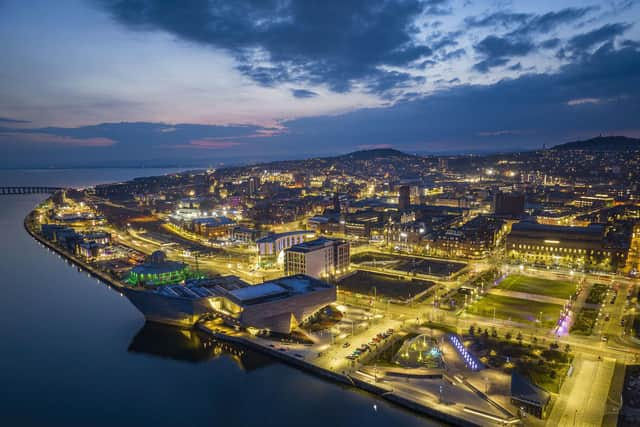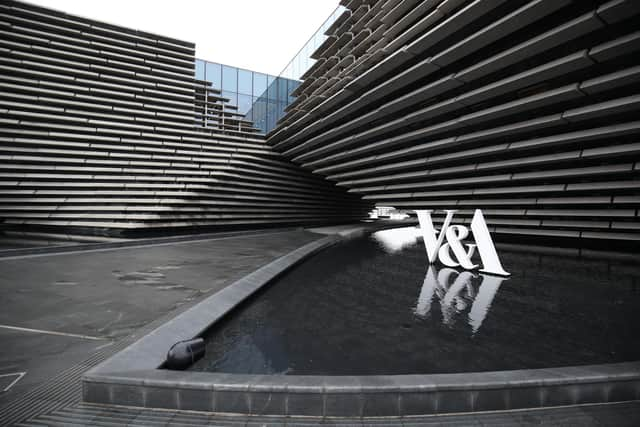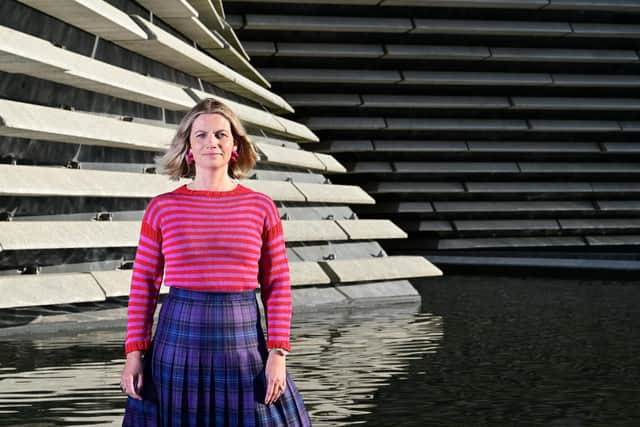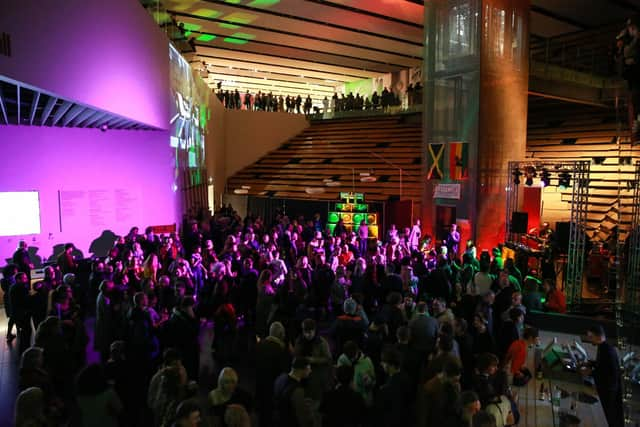V&A Dundee to stage just one major exhibition a year under new cost-cutting measures
Dundee's V&A design museum has revealed it is to stage just one major exhibition a year in future under cost-cutting measures ordered to stabilise its finances
The reduction from two high-profile shows is one of several “mitigation measures” put in place to help has been made as part of to help the attraction cope with the impact of rising costs, the cost of living crisis, pay pressures and standstill funding over the last three years.
Advertisement
Hide AdAdvertisement
Hide AdThe number of staff has been cut by 18, financial reserves have been deployed and more ambitious fundraising targets set in the face of what V&A Dundee has described as a "volatile operating environment."


The museum has just secured a pledge of an additional £800,000 a year in the Scottish Budget, to take effect from this spring, which the government said would “sustain” V&A Dundee.
V&A Dundee’s running costs have risen to £7.8 million in the most recent financial year, however there is said to have been “real terms” cuts of around 12 per cent since the pandemic.
Eight major exhibitions have been staged so far, including shows devoted to fashion designer Mary Quant, dance choreographer Michael Clark and the history of tartan.
Research published on V&A Dundee’s fifth anniversary revealed that it had generated more than £304 million for the Scottish economy to date.


More than 1.7 million visits were recorded in its first five years, including more than 500,000 first-time visitors to the city. The attraction is said to have helped boost annual visitor numbers in the city to 1.25 million, compared to 880,000 in 2017.
However government support for V&A has had to significantly increase since it opened, after initial annual support of £1 million.
Advertisement
Hide AdAdvertisement
Hide AdAn additional £2 million a year in funding was agreed by the government in 2021, with the new funding deal expected to take its annual support to £3.8 million.
However the number of staff employed at V&A has dropped from 113 during its first full year of operation to 95 last year.


A report from V&A Dundee for Holyrood’s culture committee suggests that the museum is emerging as “a major cultural powerhouse, as well as “a creative and civic catalyst for Dundee and Scotland.”
However it has revealed that its new business plan includes “major revisions” to the programme model it opened with, including moving from two to one major exhibitions a year, reducing spending and “deploying reserves” to meet operational costs, as well as “developing a sharp focus on commercial activity.”
Speaking at Holyrood, V&A director Leonie Bell said V&A has had “no choice” but to become “extremely entrepreneurial” because its initial funding model did not cover its running costs.
She said: “In effect, we are a bit like a start-up. It’s probably taken our first five years to really work out what our public subsidy model will be.


“We’ve begun to evidence a significant, catalytic economic, social and cultural impact.
Advertisement
Hide AdAdvertisement
Hide Ad"Our increase in budget gets us into the region of something that starts to demonstrate what our organisation warrants.
“We’ve gone through three years of really, really intense working and intense revision of our programme model, significantly reducing what we do in terms of major shows, at the same time as trying to make more money and actually having more of a free offer.
“We’ve started to establish what an organisation is able to achieve when it is funded at a level that gives it a fighting chance.”
Comments
Want to join the conversation? Please or to comment on this article.
